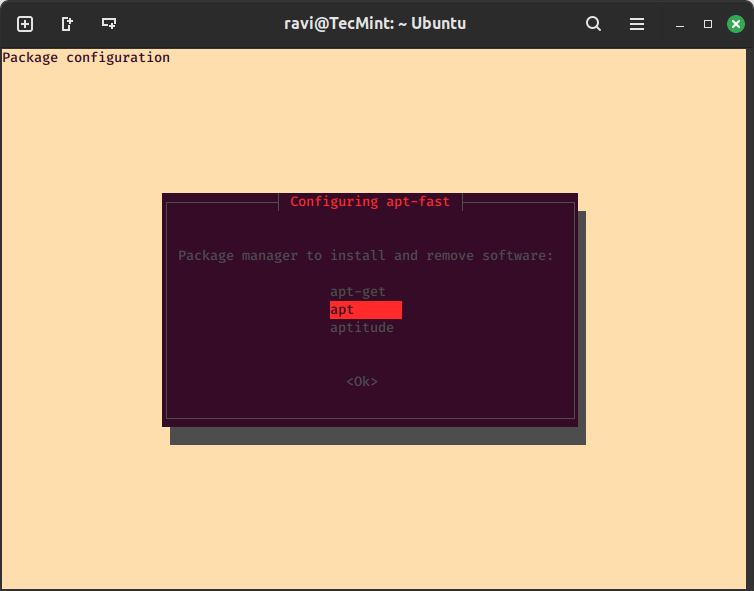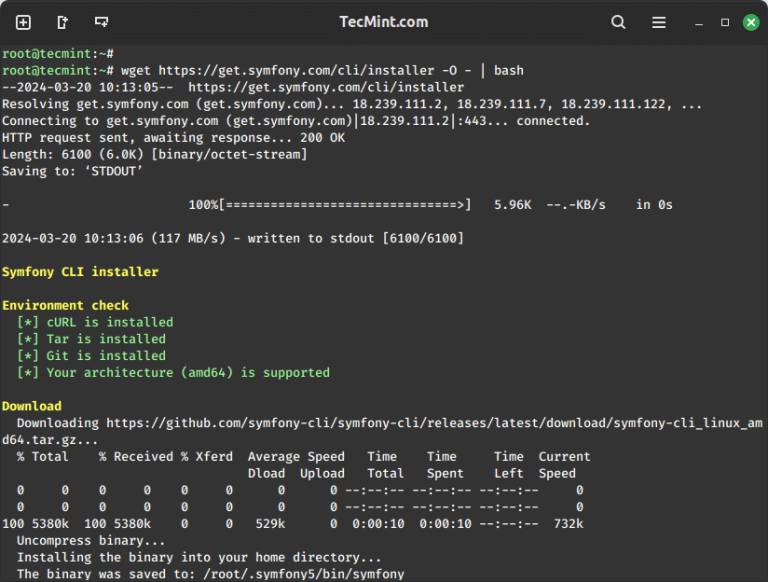Linux in the Edge Computing Ecosystem and IoT Gateway Technologies
Introduction
The digital era is witnessing a transformative phase with the emergence of Edge Computing and the Internet of Things (IoT). These technologies are redefining how data is processed and managed across various industries. At the heart of this revolution lies the operating system that powers these technologies, with Linux emerging as a frontrunner. This article delves into the role of Linux in shaping the landscape of Edge Computing and IoT Gateways, exploring its advantages, challenges, and future prospects.
Linux, since its inception in 1991, has evolved from a niche operating system to a cornerstone in modern computing. Its adaptability and robust architecture have made it a preferred choice in server environments, and now, in the realm of Edge Computing.
Advantages of Using Linux for Edge Computing
- Open Source Nature: Linux’s open source model fosters innovation and collaboration, allowing developers to customize and optimize the OS for specific edge computing needs.
- Flexibility and Customizability: The modular nature of Linux enables it to run on a wide range of hardware, from high-end servers to low-power edge devices.
- Security Features: Linux offers strong security features, crucial in protecting data at the edge, which is often vulnerable to cyber-attacks.
- Community and Support: A vast community of developers and enterprise support ensures continuous improvement and troubleshooting support.
Popular Linux Distributions for Edge Computing
- Ubuntu Core: Known for its security and reliable update mechanism, making it suitable for remote and disconnected edge environments.
- Fedora IoT: Offers cutting-edge features and a robust platform for IoT devices.
- Raspbian: Tailored for Raspberry Pi devices, it’s popular in educational and prototyping environments.
Linux in IoT Gateways
IoT Gateways serve as critical bridges between devices and the cloud, managing data flow, security, and device connectivity.
Benefits of Using Linux in IoT Gateways
- Compatibility: Linux supports a wide range of protocols and hardware, essential for the heterogeneous nature of IoT devices.
- Scalability and Reliability: Linux’s stability and scalability are vital for managing the vast amounts of data processed by IoT gateways.
- Networking Capabilities: Linux’s advanced networking features enable efficient data handling and communication in IoT networks.
Challenges and Limitations
Despite its advantages, Linux faces several challenges in edge computing and IoT contexts:
- Resource Constraints: Edge devices often have limited resources, requiring a lightweight and optimized version of Linux.
- Updates and Security: Managing updates and ensuring security in remote and distributed edge environments can be challenging.
- Integration: Integrating Linux with proprietary and legacy systems requires careful planning and expertise.
Future Trends and Developments
As technology evolves, so does Linux’s role in edge computing and IoT:
- Edge AI: The integration of AI at the edge is a growing trend, and Linux is poised to play a significant role due to its flexibility and robustness.
- 5G and Advanced Networking: The advent of 5G will revolutionize edge computing, and Linux is expected to be at the forefront, offering advanced networking capabilities.
- Community Efforts: Ongoing efforts by the Linux community and industry are focused on addressing the current limitations and enhancing the OS for future demands.
Conclusion
Linux’s role in edge computing and IoT gateways is undeniable. It offers a unique combination of flexibility, security, and community support, making it an ideal choice for these emerging technologies. As we look to the future, Linux is expected to continue playing a pivotal role, driving innovation and adaptation in the ever-evolving digital landscape.







